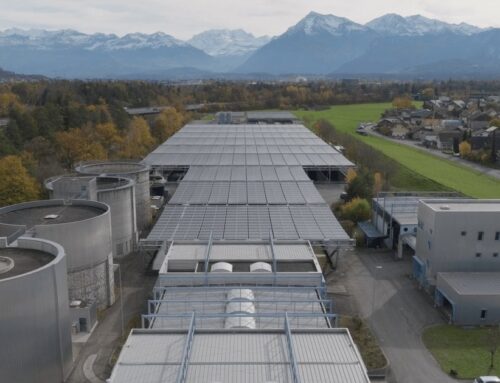Environmental Collapse Is Forcing Iran to Move Its Capital
November 25, 2025

Tehran is literally sinking. Faced with exhausted aquifers, choking pollution, and a landscape that can no longer support its population, Iran’s president has announced a historic and desperate plan to move the nation’s capital to the coast.
What was once a thriving capital at the foot of the Alborz Mountains is now faced with dire consequences. Last week, Iranian President Masoud Pezeshkian admitted that the country is forced to move its capital.
“We no longer have a choice,” he announced in a televised speech. “Protecting the environment is not a joke. Ignoring it means signing our own destruction.”
For the first time in modern history, Iran is preparing to move its capital away from Tehran not for political gain, but for survival.
Tehran is home to about ten million people and consumes nearly a quarter of Iran’s total water, but those supplies are vanishing fast.
“Last year, the rainfall was 140 millimeters, while the standard is 260 millimeters,” Pezeshkian noted. “This year, the situation is just as critical.” To put that into perspective, cities like Washington DC or Shanghai get 6-7 times more yearly rain. But it’s not just the input; the city is consuming beyond its means.
Low rainfall and rising evaporation have left the city’s reservoirs dangerously depleted. The dams that once provided 70% of the city’s water now yield far less. To compensate, the city has turned to deep groundwater pumping. This desperation comes at a physical cost: as aquifers collapse, they crush the soil above them, causing the land to warp and sink.
The collapse of Tehran’s aquifers has long been predicted. “We saw this coming,” says Darío Solano, a geoscientist at the National Autonomous University of Mexico, as per Scientific American. But years of overpumping, poor planning, and corruption accelerated the decline. “It’s a perfect storm of climate change and corruption,” adds Michael Rubin, a political analyst at the American Enterprise Institute.

Iran is no stranger to shifting its center of power. Tabriz, Isfahan, and Shiraz have all held the title of capital in centuries past. But this is the first time such a move is prompted by environmental collapse rather than kings or conquerors.
The government hopes salvation lies by the sea. The plan is to shift the political center to the Makran coast, near the Gulf of Oman. Pezeshkian describes it as “a very prosperous and advanced region” ripe for development, but the logistics are daunting.
The cost is monumental. Early government estimates place the cost between $77 billion and $100 billion. Two national councils are currently studying the feasibility of creating new coastal cities to house the government and a fraction of Tehran’s population.
The Makran coast offers access to trade and the sea—but little fresh water and brutal heat. Even if the relocation succeeds, it will take years, and Tehran’s decline will continue in the meantime.
“Development without considering the impact on resources and expenditures will result in nothing but destruction,” Pezeshkian warned.
The burden of the crisis already falls hardest on Iran’s poor. Authorities have urged citizens to cut water use by 20%, yet household consumption makes up only 8% of national use, according to Al Jazeera. Agriculture and industry continue to drain most of the country’s remaining reserves.

The burden of this crisis already falls hardest on the poor. While authorities have urged citizens to cut water use by 20%, household consumption makes up only 8% of national use, according to Al Jazeera. The real drain comes from agriculture and industry, which continue to siphon off most of the country’s remaining reserves.
Tehran has stood as Iran’s capital since 1786. Its palaces and boulevards were built as symbols of modernization and power. Today, those same streets reveal a harsh truth: the city has simply outgrown the landscape that sustains it.
In the words of Pezeshkian: “The problems the country is currently facing require us to direct the development path towards the Persian Gulf. Tehran, Karaj, and Qazvin are currently facing a water crisis, and this crisis cannot be easily solved.”
As the ground sinks and the taps run dry, millions of residents are left wondering if the solution will come in time to save them, or if they will be left behind in a drying city.
Tags: capital relocationclimate changeEnvironmental collapseiranland subsidencemiddle eastTehranurban planningwater crisis
Search
RECENT PRESS RELEASES
Related Post



